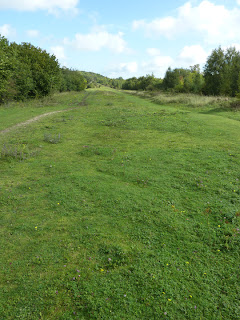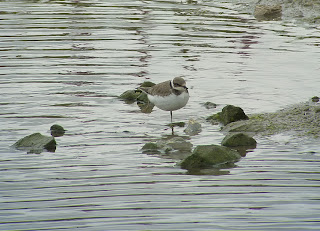Top 10 UK bird noises... by my reckoning
A post that has no scientific value at all and is just about pointless opinion and league tables. I love 'em... Bird song, bird calls and miscellaneous other bird-made noises are as big a part of the birding experience as looking at the blighters. I started to work out what my favourite UK sounds were in this avian cacophany and even put them in order. I'd like to share them with you. However, before I start honorable mention must be made to those species that didn't quite make the top ten but were in the running. A churring Nightjar instantly brings to mind balmy evenings spent on Surrey heaths; Turtle Doves are stunning lookers already, but add to that the drowsy purr of a singing bird and you could drift off into a warm doze; crisp mornings or foggy afternoons during the colder months are always enlivened by the chuckle overhead of a Fieldfare . But none of them made the final cut. The following, in reverse order, did: 10 BRAMBLING That nasal call coming from a mi





